Department of Neurology
The landscape of neurosurgery has undergone a transformative shift in recent years, driven by the collective pursuit of redefining what excellence in the field truly means. Historically, neurosurgery was primarily defined by technical skill and the successful execution of complex procedures. While these remain vital aspects of the discipline, recent reforms have broadened the scope of what constitutes exceptional care, focusing on outcomes that extend beyond the operating room. Reform in neurosurgery now emphasizes a more holistic approach, encompassing patient-centered care, multidisciplinary collaboration, technological integration, and a focus on continuous improvement through education and innovation.
At the heart of this evolution is the recognition that superior outcomes are not solely dependent on a surgeon’s dexterity or the precision of their techniques, but also on the environment in which they practice. The establishment of specialized neurosurgical centers.
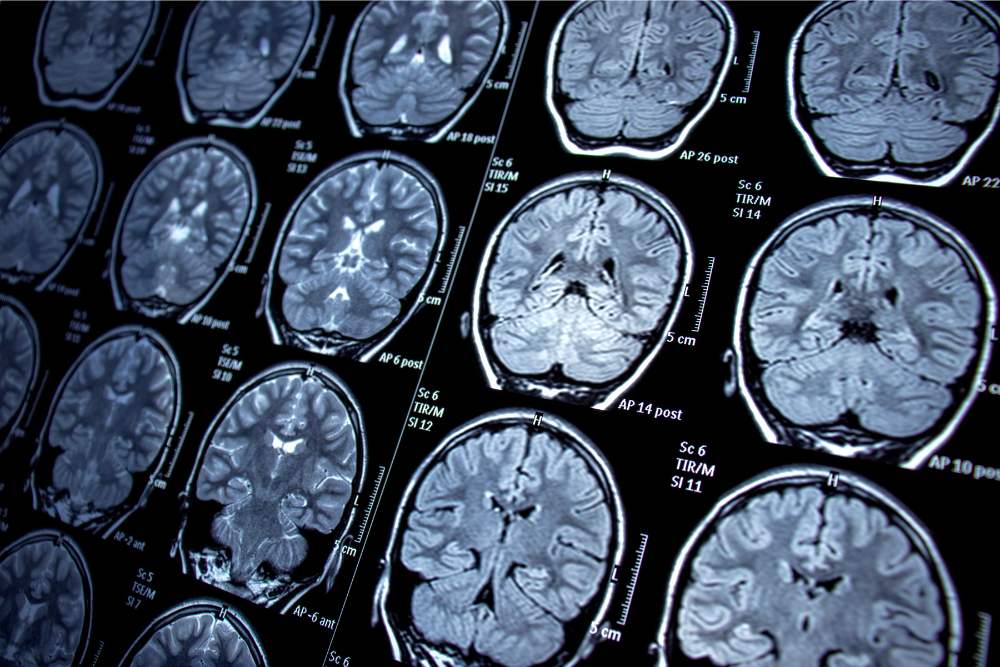
The growing reliance on advanced imaging technologies, and the integration of artificial intelligence for preoperative planning and decision-making have all contributed to enhanced precision and minimized risk. These technological advancements are paired with an increasing emphasis on the importance of preoperative assessments and postoperative care. The adoption of enhanced recovery protocols, a key reform in surgical care, has allowed for faster recovery times and fewer complications, elevating the standard of care for neurosurgical patients.
We stand as a dedicated team, driven by our passion to nurture and protect the young, ensuring a healthier tomorrow for children and their families. Paediatric intensive care is a critical function of paediatrics and is a subject close to my heart. Medical complexities of a child's anatomy need special care and we are committed to providing the very best possible.

Treatments
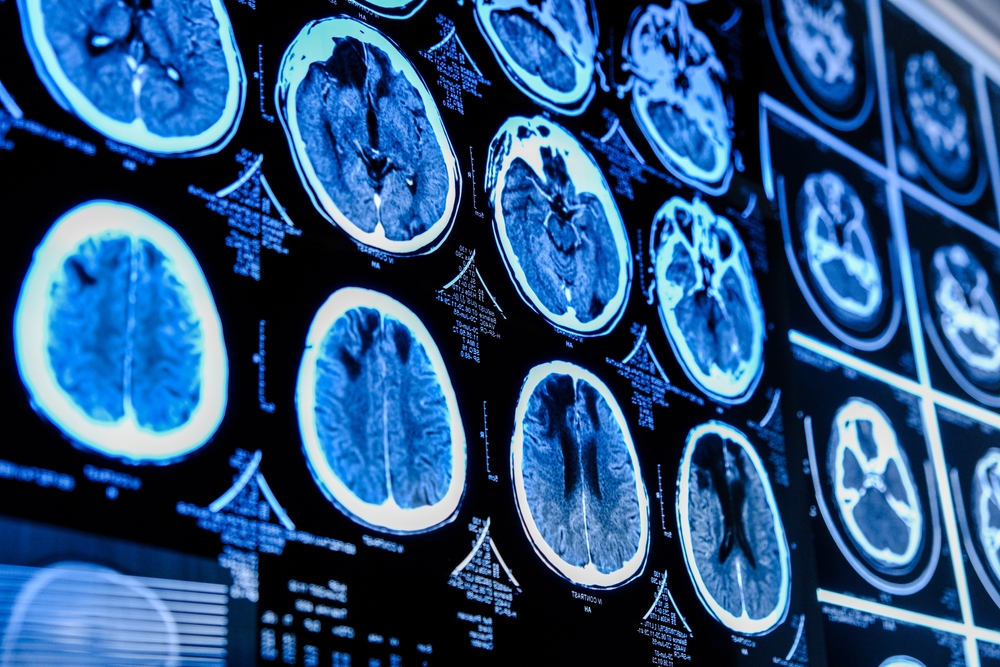
The development of cancerous tumors within brain cells results in brain cancer. Primary brain tumors are classified based on the specific type of brain tissue from which the cancer originates. The various names and classifications of brain cancers correspond to the distinct types of cells in the brain that may undergo malignant transformation. While some tumors may be benign or non-cancerous, they can still impact brain function, and the cancer's grade is indicative of its severity.
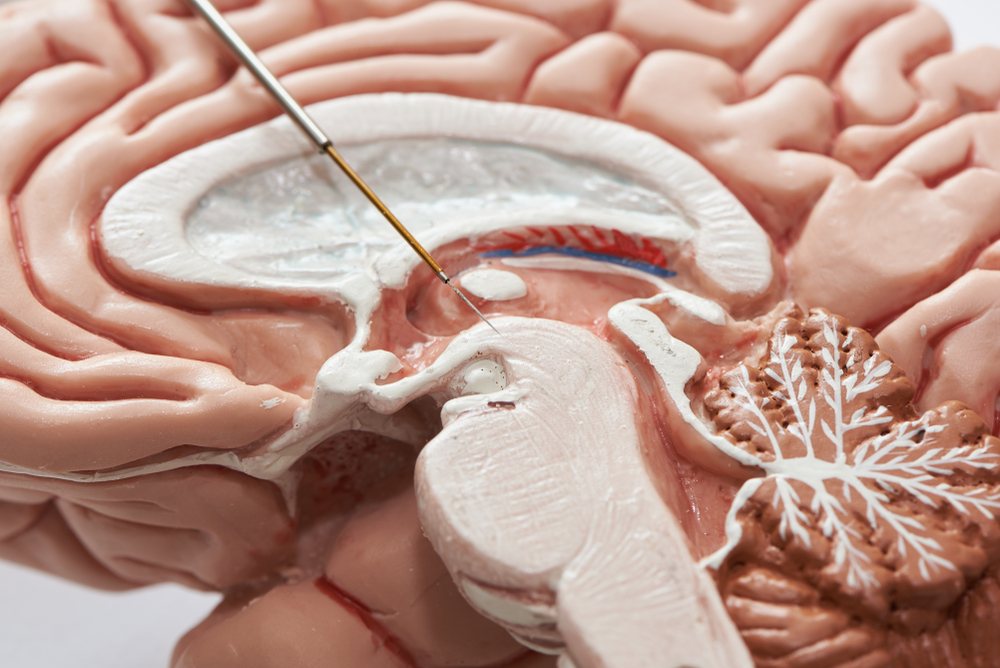
An extremely sophisticated neurosurgery technique called deep brain stimulation (DBS) involves inserting electrodes into particular brain regions. A pulse generator that is implanted beneath the skin of the chest or abdomen is then attached to these electrodes. DBS is a state-of-the-art treatment for movement disorders such essential tremor, dystonia, and Parkinson's disease.
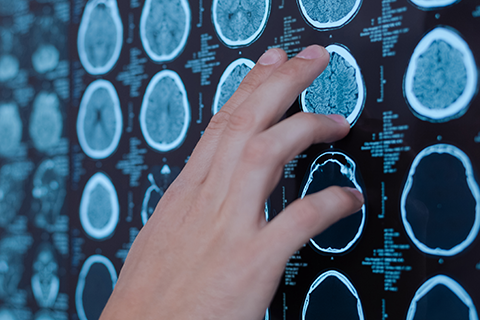
Strokes happen when there is an interruption in blood circulation to the brain, resulting in injury or death of brain cells. Ischemic strokes are caused by obstructed blood vessels, whereas hemorrhagic strokes are characterized by bleeding. Common symptoms encompass sudden numbness, confusion, and challenges in speech. Prompt medical intervention is crucial for individuals experiencing a stroke. Rehabilitation typically ensues to help regain lost abilities.
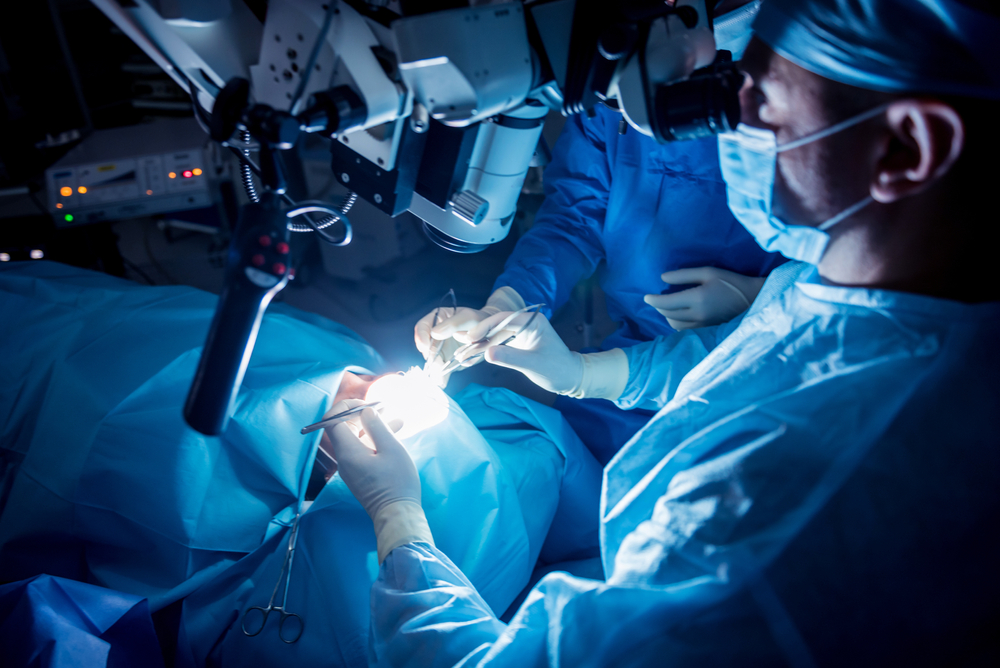
Interventional neuroradiology, commonly referred to as neurointerventional surgery, encompasses a range of minimally invasive techniques that employ sophisticated imaging modalities to identify and manage disorders impacting the blood vessels of the brain and spinal cord. This specialized discipline presents cutting-edge approaches for addressing conditions such as aneurysms, arteriovenous malformations, acute strokes, and various vascular irregularities. It frequently serves as a viable alternative to conventional open surgical procedures.
FAQ's
Meet Our Expert


